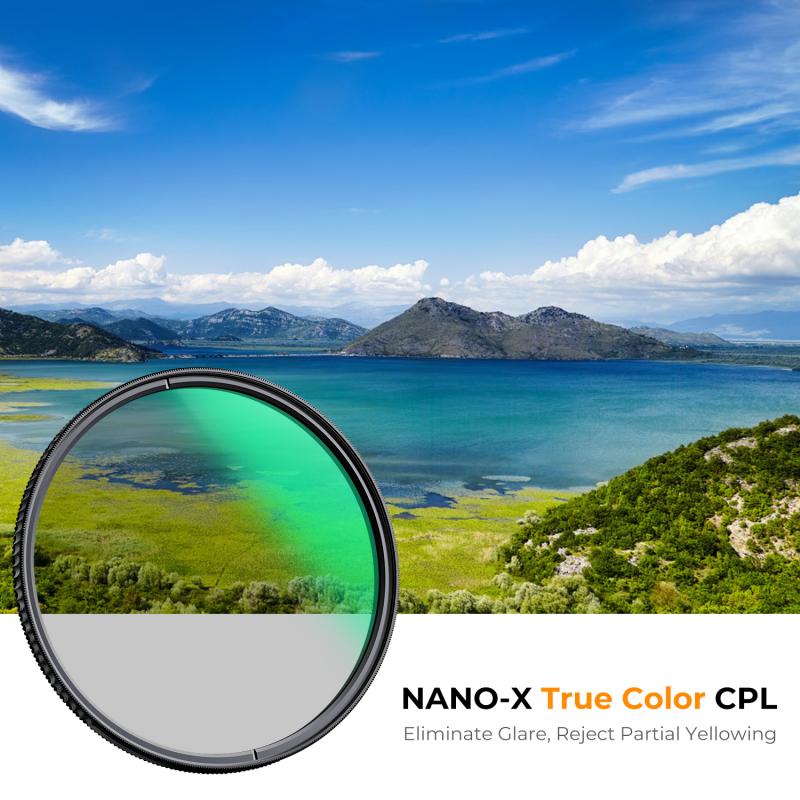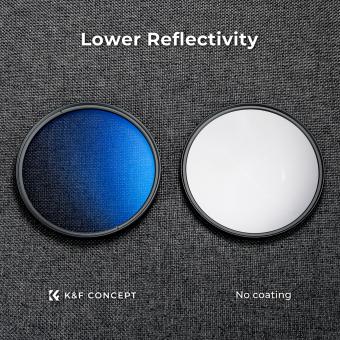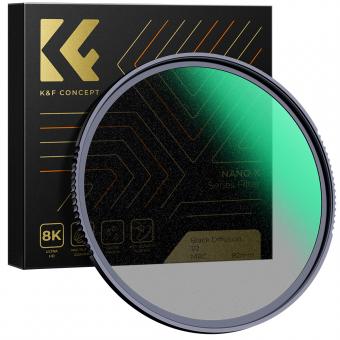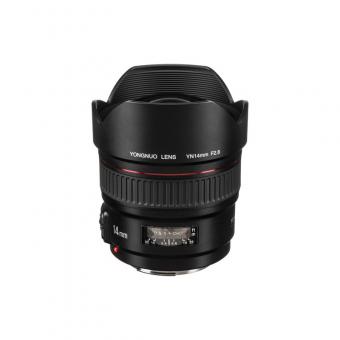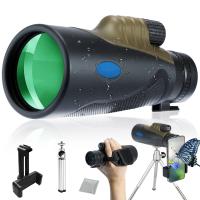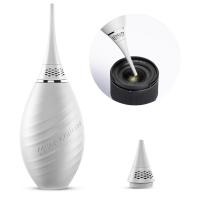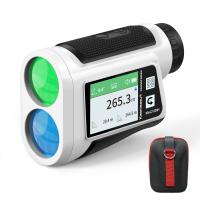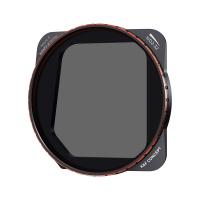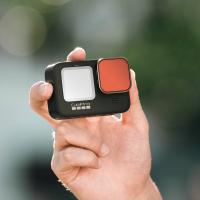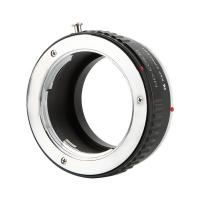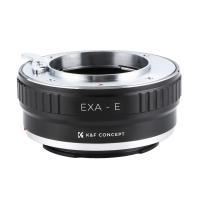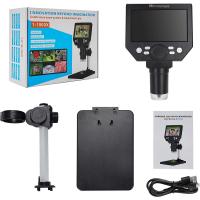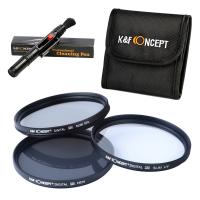How To Shoot Sunset With Nd Filter ?
To shoot a sunset with an ND filter, you will need to follow these steps:
1. Choose the right ND filter: Select an ND filter with the right strength to achieve the desired effect. A 2-stop or 3-stop ND filter is ideal for shooting sunsets.
2. Set up your camera: Mount your camera on a tripod and set it up to shoot in manual mode. Set the ISO to the lowest possible value, and choose a small aperture (f/8 or smaller) to get a deep depth of field.
3. Compose your shot: Frame your shot and focus on the subject. Use the rule of thirds to create a balanced composition.
4. Attach the ND filter: Screw the ND filter onto the lens and adjust the exposure settings to compensate for the reduced light. Use the camera's light meter to get the right exposure.
5. Shoot the sunset: Take a few test shots and adjust the settings as needed. Use a remote shutter release or the camera's self-timer to avoid camera shake.
6. Post-processing: Edit the images in post-processing to enhance the colors and contrast. Use a graduated filter to balance the exposure and bring out the details in the sky and foreground.
1、 Understanding ND filters and their uses in photography
How to shoot sunset with ND filter:
1. Choose the right ND filter: ND filters come in different strengths, ranging from ND2 to ND1000. For shooting sunsets, a medium strength ND filter like ND8 or ND16 is ideal. It will help you reduce the amount of light entering the camera without making the image too dark.
2. Set up your camera: Mount your camera on a tripod and set it to manual mode. Choose a low ISO (100-200) and a small aperture (f/8-f/16) to get a deep depth of field. Set your shutter speed to a few seconds or more, depending on the brightness of the scene.
3. Compose your shot: Look for interesting foreground elements like rocks, trees, or water to add depth and interest to your image. Position the sun in the frame, but avoid pointing your camera directly at it to prevent lens flare.
4. Attach the ND filter: Screw the ND filter onto the front of your lens and adjust the exposure settings accordingly. You may need to increase the shutter speed or open up the aperture to compensate for the reduced light.
5. Take the shot: Press the shutter button and wait for the exposure to finish. Check the image on the LCD screen and adjust the settings if necessary. Repeat the process until you get the desired result.
Understanding ND filters and their uses in photography:
ND filters are essential tools for photographers who want to control the amount of light entering their cameras. They work by reducing the intensity of all wavelengths of light equally, allowing you to use slower shutter speeds or wider apertures without overexposing the image.
ND filters are commonly used in landscape photography to create long exposures of waterfalls, rivers, and oceans. They can also be used to blur motion in crowds, traffic, or other moving subjects.
In addition, ND filters can be used to achieve shallow depth of field in bright sunlight, allowing you to isolate your subject from the background. They can also be used to balance the exposure between the sky and the foreground in high-contrast scenes.
The latest trend in ND filters is the use of variable ND filters, which allow you to adjust the strength of the filter by rotating a ring on the front of the lens. This makes it easier to fine-tune the exposure without changing the settings on your camera. However, variable ND filters can sometimes produce color casts or vignetting, so it's important to choose a high-quality filter from a reputable brand.
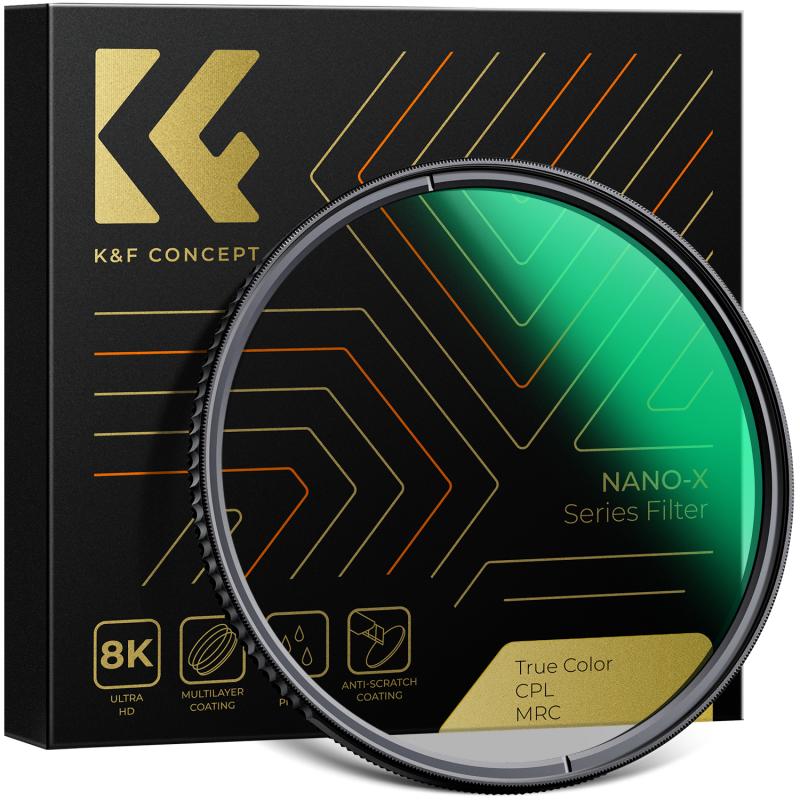
2、 Choosing the right ND filter for shooting sunsets
How to shoot sunset with ND filter:
Shooting sunsets can be a challenging task for photographers, especially when it comes to controlling the exposure. Using an ND filter can help you achieve the perfect exposure and capture stunning sunset shots. Here are some tips on how to shoot sunset with an ND filter:
1. Choose the right ND filter: The strength of the ND filter you choose will depend on the lighting conditions. For shooting sunsets, a 2-4 stop ND filter is usually sufficient.
2. Set up your camera: Set your camera to manual mode and adjust the aperture and ISO settings to achieve the desired depth of field and sharpness.
3. Attach the ND filter: Screw the ND filter onto the lens and adjust the shutter speed to compensate for the reduced light.
4. Compose your shot: Look for interesting foreground elements to include in your shot, such as rocks, trees, or water.
5. Experiment with different shutter speeds: Try different shutter speeds to capture the movement of the clouds and water. A longer shutter speed will create a smoother, more ethereal effect.
Choosing the right ND filter for shooting sunsets:
When choosing an ND filter for shooting sunsets, it's important to consider the strength of the filter and the lighting conditions. A 2-4 stop ND filter is usually sufficient for capturing the vibrant colors of a sunset without overexposing the image. However, if the lighting conditions are particularly bright, you may need a stronger ND filter to achieve the desired effect.
It's also important to consider the quality of the ND filter. Cheaper filters can often produce color casts or reduce image sharpness, so investing in a high-quality filter is recommended. Some popular brands include B+W, Hoya, and Lee Filters.
In conclusion, shooting sunsets with an ND filter can produce stunning results, but it's important to choose the right filter and experiment with different settings to achieve the desired effect.
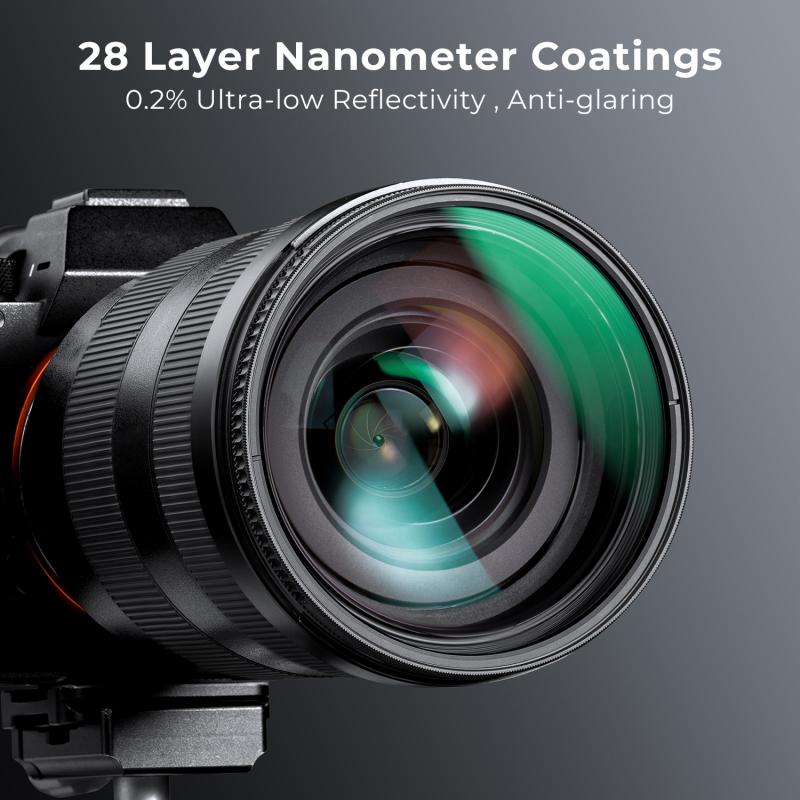
3、 Setting up your camera for shooting sunsets with an ND filter
Setting up your camera for shooting sunsets with an ND filter is a great way to capture stunning images with a beautiful, dreamy effect. Here are some steps to follow:
1. Choose the right ND filter: ND filters come in different strengths, so choose the one that suits the lighting conditions. For sunsets, a 2- or 3-stop ND filter is usually sufficient.
2. Set up your camera on a tripod: This will ensure that your camera is stable and won't move during the long exposure.
3. Set your camera to manual mode: This will give you full control over the exposure settings.
4. Set your ISO to the lowest possible setting: This will reduce noise in your images.
5. Set your aperture to a small f-stop: This will create a shallow depth of field and a dreamy effect.
6. Set your shutter speed to a longer exposure: This will allow more light to enter the camera and create a beautiful, soft effect.
7. Use a remote shutter release: This will prevent camera shake and ensure sharp images.
8. Focus manually: Use the live view mode to focus on the subject and adjust the focus manually.
9. Take test shots: Adjust the settings until you get the desired effect.
10. Experiment with composition: Try different angles and compositions to create unique and stunning images.
In conclusion, shooting sunsets with an ND filter can produce stunning images with a beautiful, dreamy effect. Follow these steps to set up your camera and experiment with different compositions to capture the perfect shot.
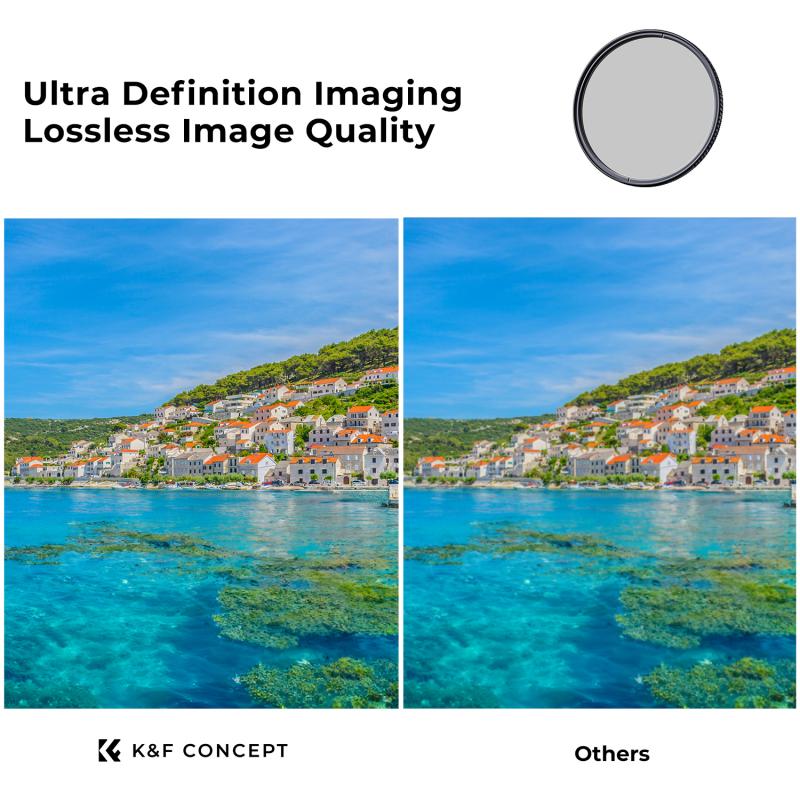
4、 Composing your sunset shot with an ND filter
Composing your sunset shot with an ND filter is a great way to capture the beauty of the sun as it sets over the horizon. An ND filter is a neutral density filter that reduces the amount of light entering the camera lens, allowing you to use slower shutter speeds and wider apertures without overexposing the image. This is particularly useful when shooting in bright sunlight, such as during a sunset.
To shoot a sunset with an ND filter, start by finding a good location with a clear view of the horizon. Set up your camera on a tripod and attach the ND filter to your lens. Adjust your camera settings to a low ISO, a small aperture, and a slow shutter speed. This will allow you to capture the colors and details of the sunset without overexposing the image.
When composing your shot, consider the rule of thirds and try to place the horizon line in the upper or lower third of the frame. This will create a more balanced and visually appealing image. You can also experiment with different angles and perspectives, such as shooting from a low angle to capture the reflection of the sun on the water.
Finally, be patient and wait for the right moment to capture the perfect shot. The colors and lighting of a sunset can change quickly, so be prepared to adjust your camera settings and composition as needed. With a little practice and patience, you can capture stunning sunset shots with an ND filter.
